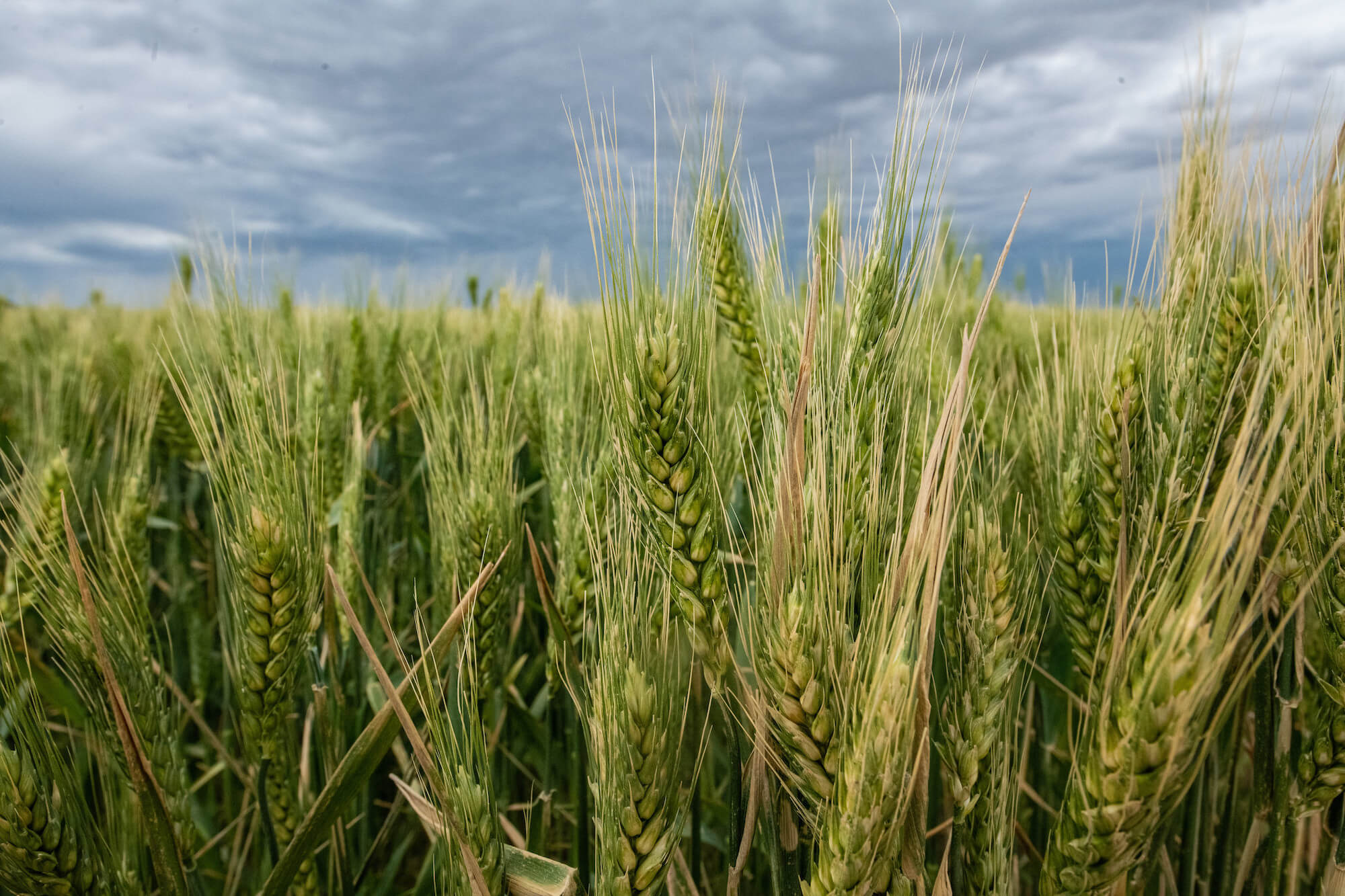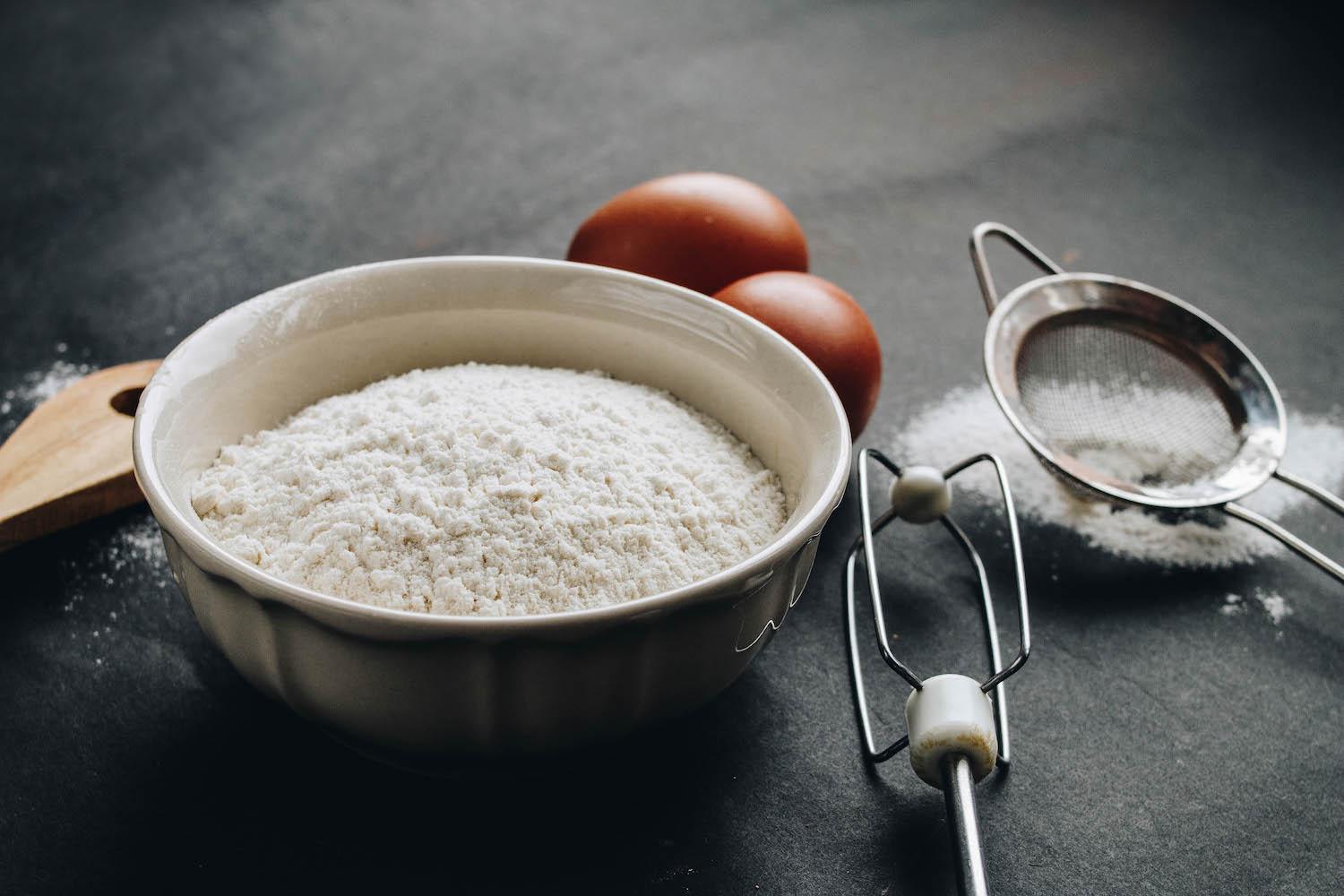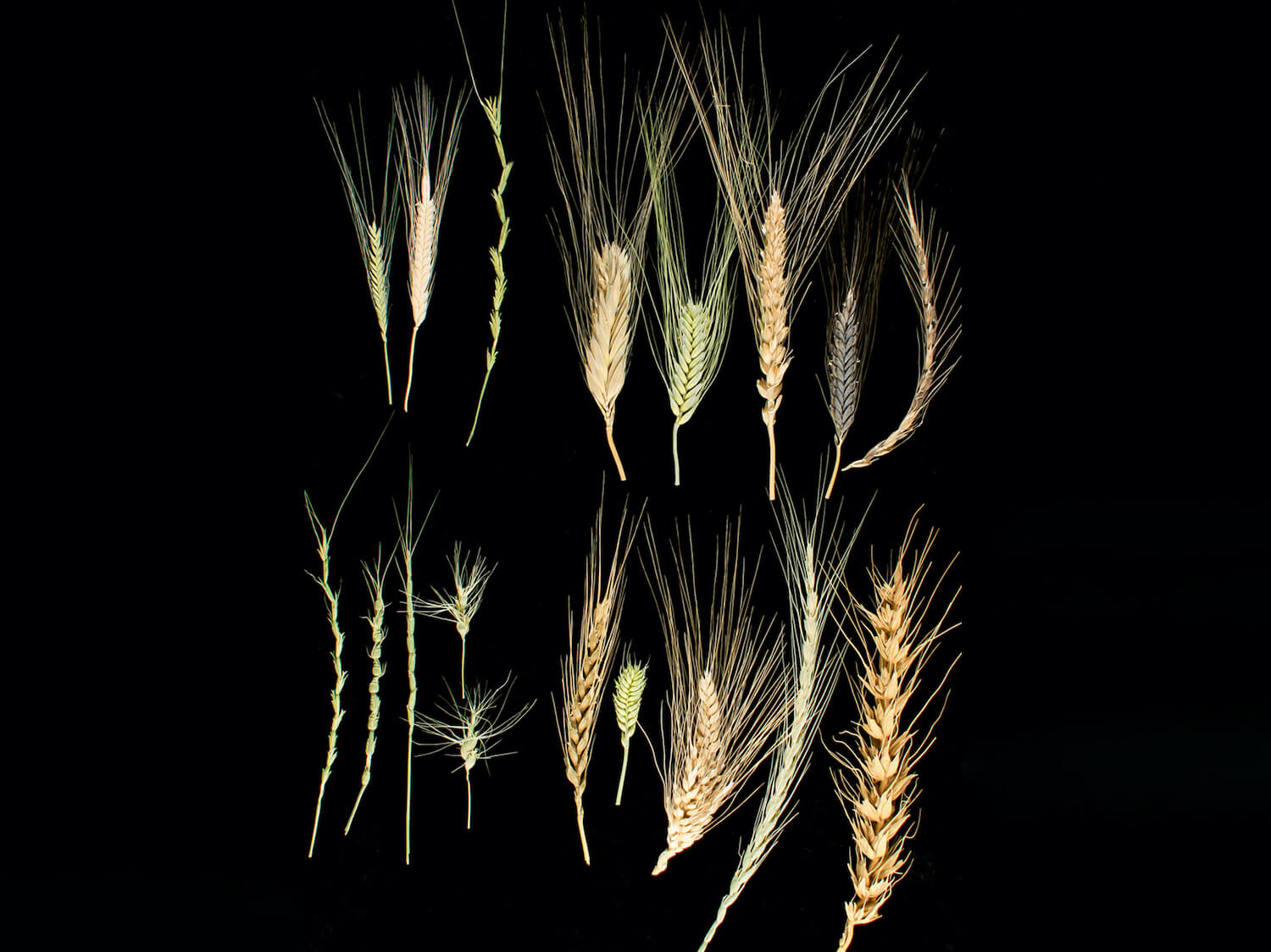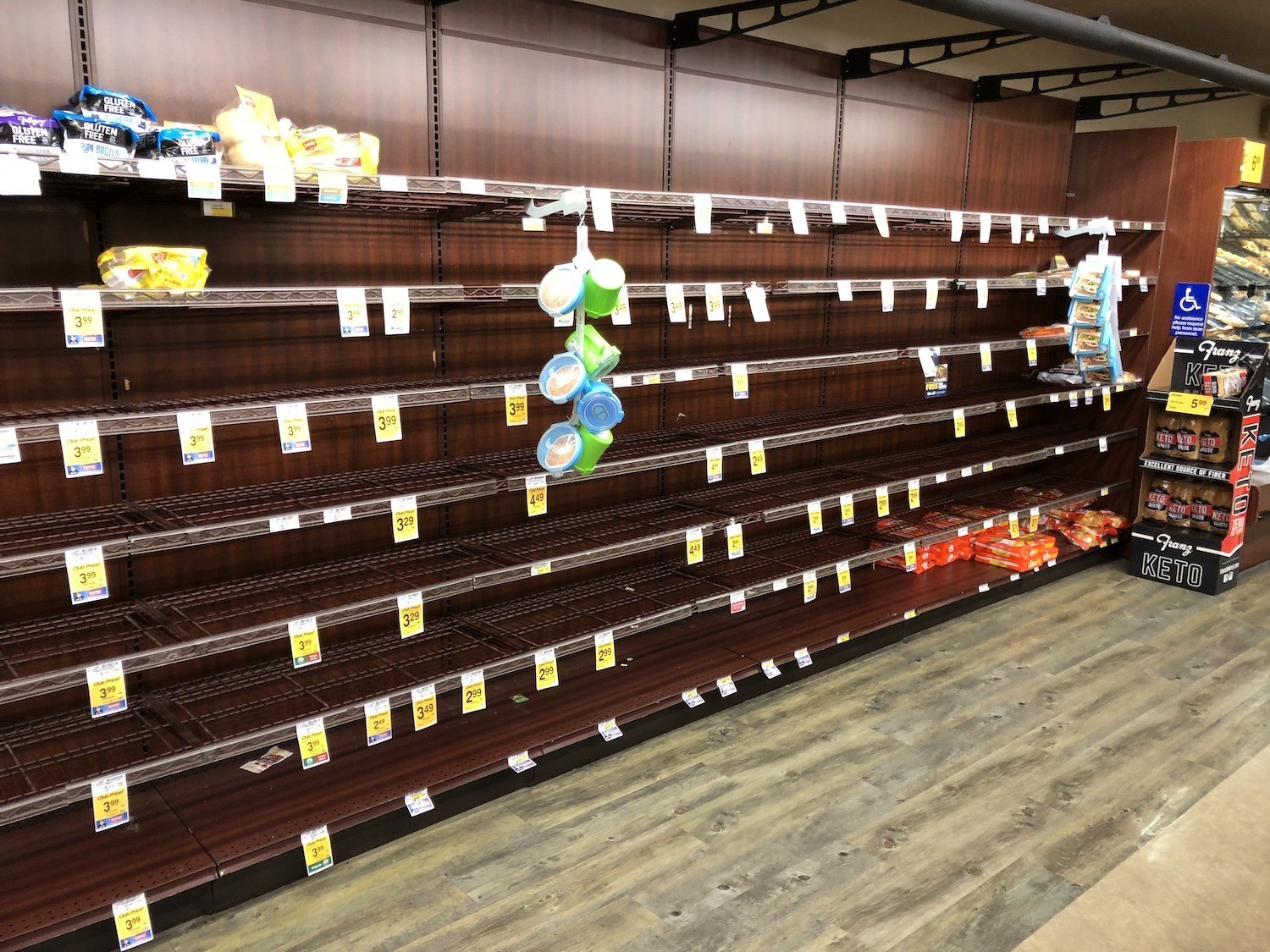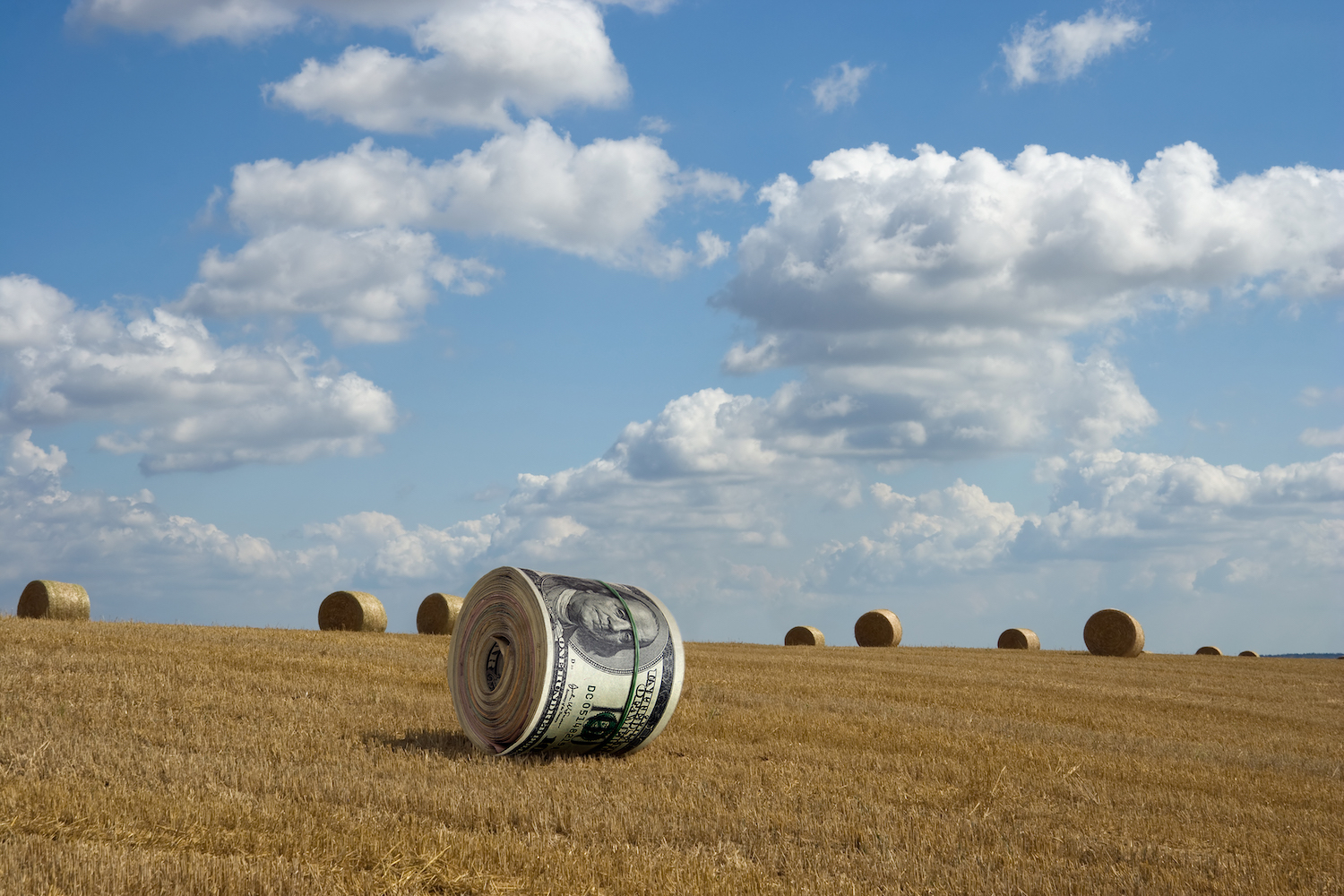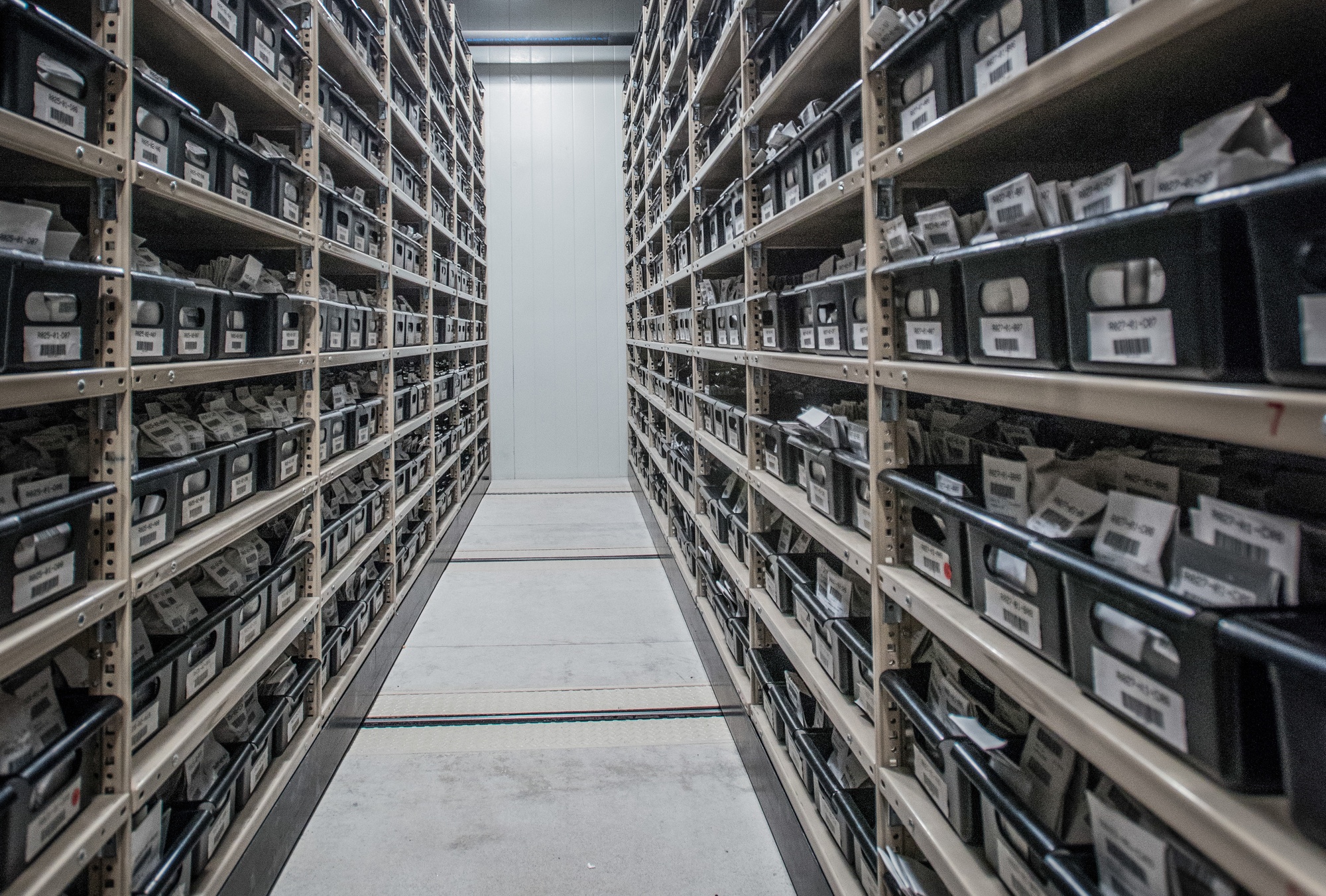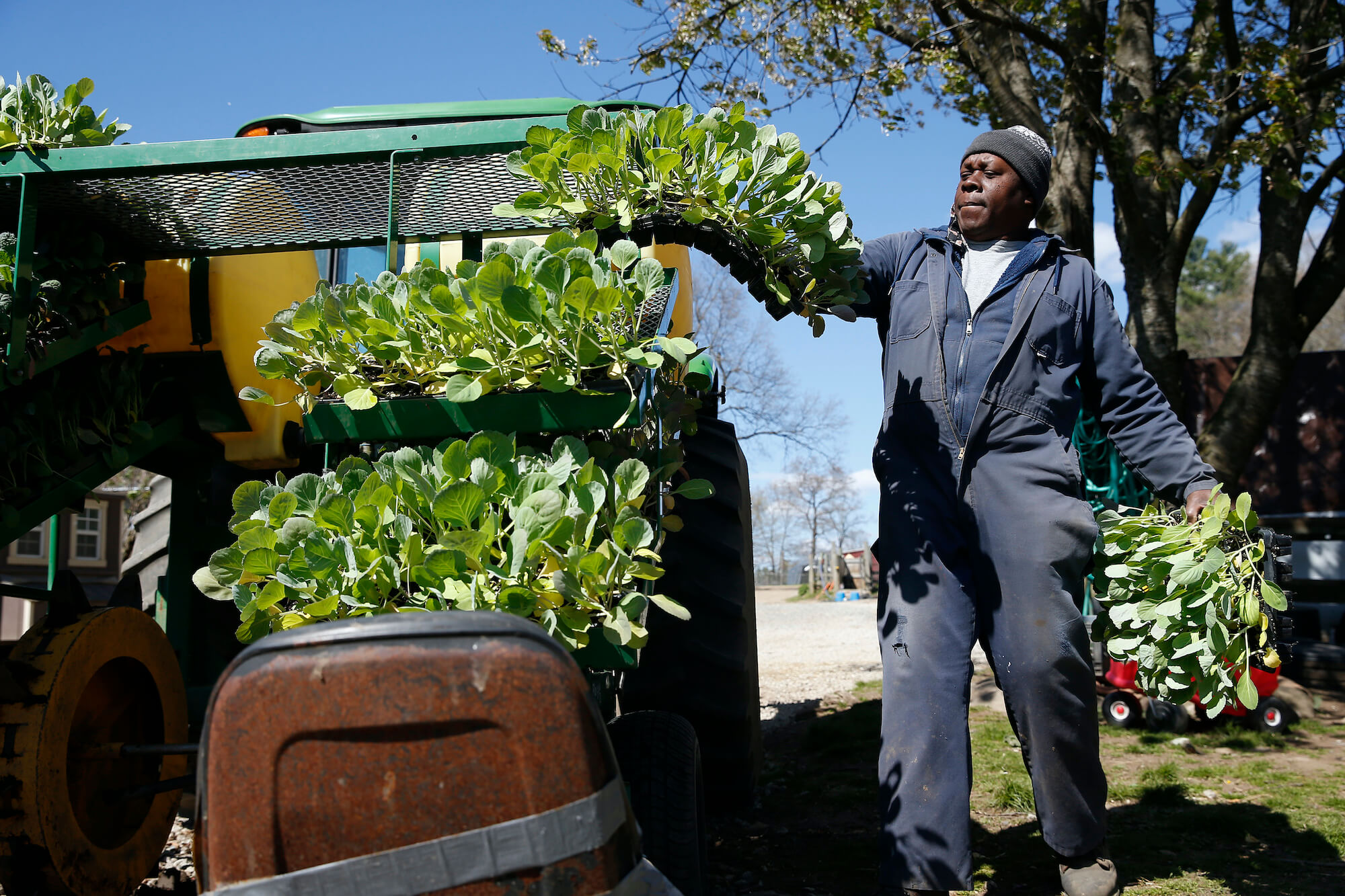A perfect storm of trouble—extreme dry conditions, a volatile commodity market, and climbing expenses—have millers and bakers passing on rising costs to customers.
Last spring, pandemic-related supply chain issues led to too little flour on supermarket shelves, just as cooped-up consumers turned to home baking for comfort. The problem was never a shortage of flour or wheat. Rather, the challenge involved a slow pivot to retail packaging, transportation and logistics delays, grocery store labor shortages, and panicked pandemic buying.
This year, there’s new trouble. Historic drought conditions have already destroyed or damaged crops in the West, Northern Plains, and Southwest, key U.S. growing regions for certain types of wheat. According to a July 6 report from the USDA, approximately 98 percent of the country’s spring wheat production is in an area experiencing drought conditions.
Thanks to carryover inventory from 2020, there’s still plenty of wheat to go around. But the drought is just one of many factors playing havoc with the prices mills pay for wheat: Rising costs across supply chains, as well as volatile commodity grain markets exacerbated by drought conditions elsewhere in the world, are making flour more costly to produce. You may not see more expensive flour at the supermarket (though it’s possible). But you’ll likely pay more for loaves, pastries, and sweets at your favorite bakery.
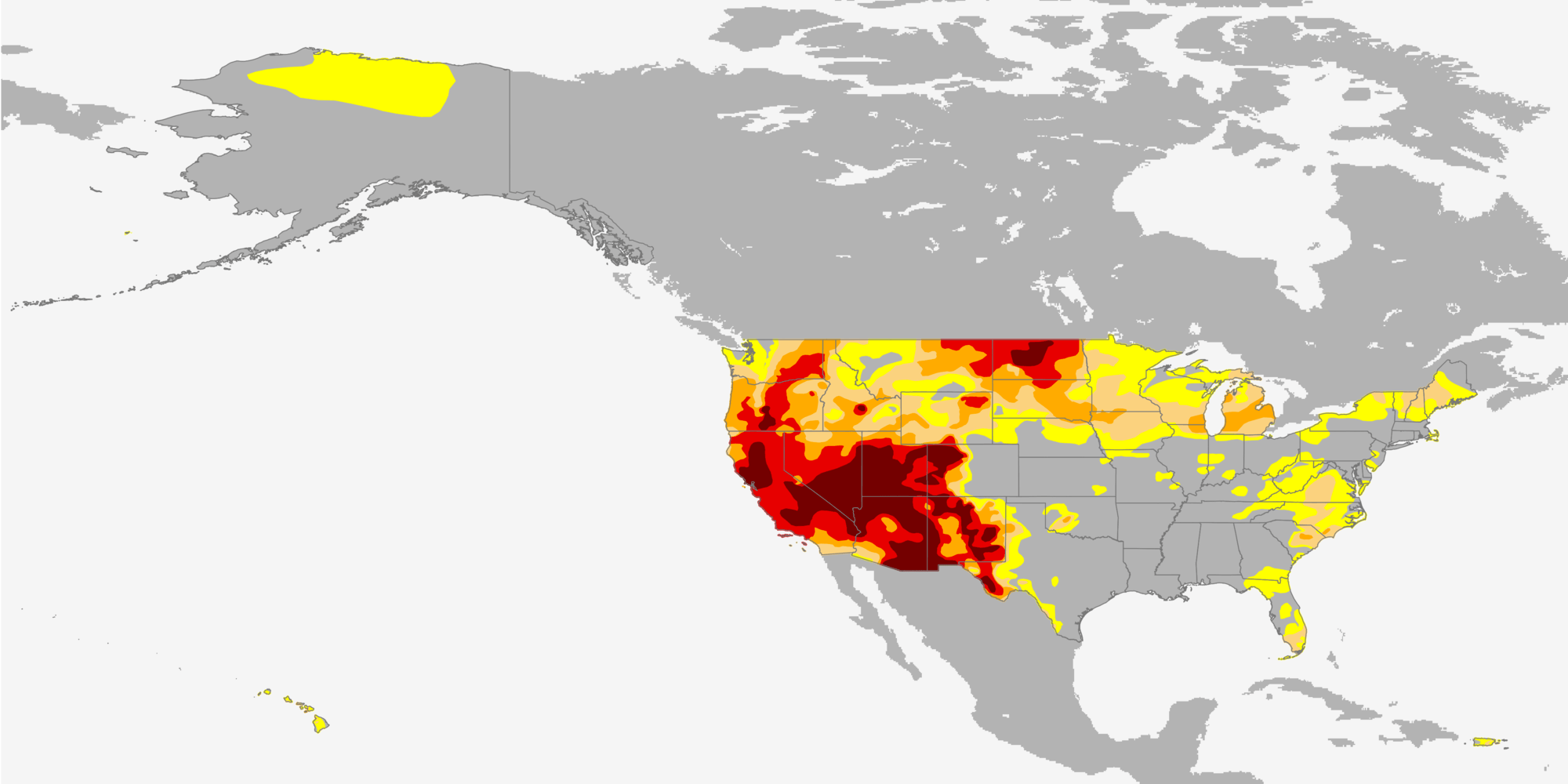
Much of the West and Southwest and portions of the Northern Plains are under extreme “megadrought” conditions.
Courtesy of climate.gov
For Brad Heald, director of mill relations for King Arthur Flour, tracking drought conditions in wheat-rich states is part of the job, especially in the months leading up to late summer and early fall harvests. For the last couple of months, the NOAA drought monitor has looked rough in the western half of the country. The Pacific Northwest states suffering the most don’t grow much spring wheat, and he thinks that the country’s “breadbasket”—Kansas, Oklahoma, Nebraska, much of Texas—will be okay. “The area that’s most concerning is the Upper Midwest—North Dakota, South Dakota, Montana,” he said. “You see all that dark red, it’s daunting.”
North Dakota specializes in durum and hard red spring wheat, and while parts of the state saw rainfall in June, 50 percent of its wheat crop is rated poor or very poor condition, according to a July 13 report from the North Dakota Wheat Commission. The late rains have also caused some growers to abandon their crops, and those who do have a crop may find that drought stress has affected not only yield, but quality markers like protein content. Overall, only 16 percent of the U.S. spring wheat crop is rated good to excellent, according to the report—the worst conditions have been since 1988.
Rainfall isn’t the only factor affecting wheat markets this year. As commodity corn becomes more expensive, buyers may choose to purchase less-expensive wheat for livestock feed, further pushing wheat prices up for millers. Corn prices lead the market, pulling wheat and soybean prices with them. Corn prices began to climb around the 2020 harvest, eventually spiking to over $7 per bushel in April due to drought in Brazil, good planting progress in the U.S., and high demand for U.S. corn from China. Wheat prices reacted accordingly. They last spiked in 2007-2008, when low supply stocks and poor weather conditions in several wheat-producing countries caused a sharp uptick in demand for U.S. wheat exports.
“Normally, it’s one or two things, but right now, it’s a lot of things. Weather, a new administration, pandemic recovery, trade wars, trade issues.”
Buyers of Gold Medal, a flour brand sold in supermarkets across the U.S., may see an increase in prices, despite parent company General Mills’ desire to keep customers and shareholders happy.
“The inflationary environment has increased, including higher prices for commodities, logistics, and other costs in our supply chain. Given the level of inflation that we forecast for the fiscal year, we will be using all tools in our toolkit, including taking list price increases where needed across our portfolio,” said Kelsey Roemhildt, senior corporate communications manager for General Mills.
The company is focused on finding efficiencies to keep costs down, but with significant increases in the cost of logistics, packaging, raw material, and manufacturing shaking out to an increase in costs of around seven percent, efficiencies alone won’t solve the problem—meaning that price increases for retail flour are on the table. “It’s a volatile environment, and we’ll need to stay vigilant to ensure we’re taking appropriate actions based on how the situation evolves,” she said.
For Nicky Giusto, a fourth-generation miller at Utah-based Central Milling, parched fields in North Dakota are part of a complicated web of factors that has driven up the price of conventional wheat coming into the mill. “Normally, it’s one or two things, but right now, it’s a lot of things,” he said. “Weather, a new administration, pandemic recovery, trade wars, trade issues.”
The majority of Central Milling’s grain is purchased through direct contracts with organic growers—only about 10 percent is bought on the commodity market—but the organic market reacts indirectly to commodity markets. “Organic farmers see the commodity prices and see that they should be able to get more out of their crops, so we negotiate from there,” Giusto said. While he’s raising the price of the company’s organic flour to retailers, “the shelf price shouldn’t move much, if at all.”
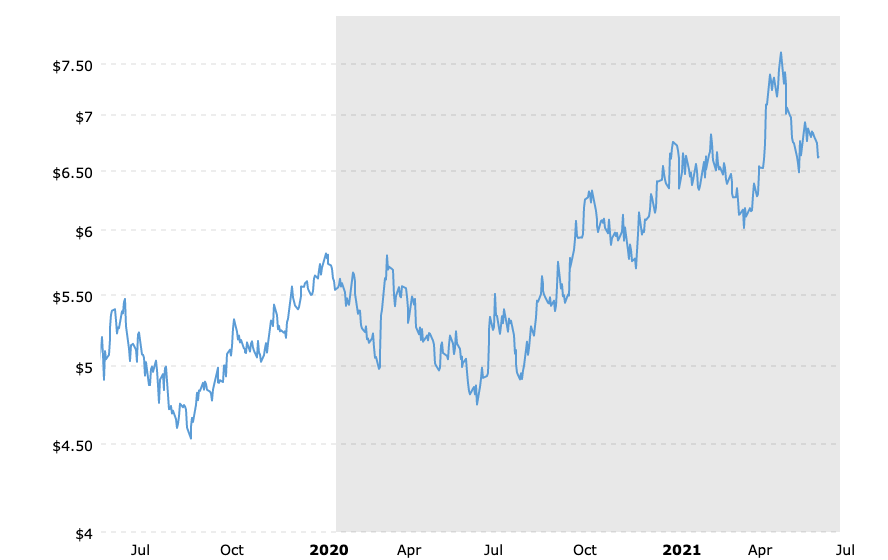
U.S. wheat prices began to climb after the 2020 harvest.
As in just about every economic sector, the cost of getting product from point A to point B has shot up, too. Giusto’s freight costs from farm to mill have increased anywhere from 25 to 40 percent in some shipping routes, driven by a dearth of truckers and a shortage in the semiconductors needed to build new vehicles. For Central Milling, it all adds up to a 12 percent increase in cost to produce the company’s conventional Red Rose flour. In May, Giusto announced a six-percent price bump for wholesale customers, with the company taking the hit for the rest. (Central Milling doesn’t sell Red Rose in retail bags, but if they did, he said, he’d have to increase the price.)
While processors like Central Milling and multinationals like General Mills source grain from around the country, regional millers find themselves even more in jeopardy.
“Things are definitely feeling a little scary,” said Nan Kohler, owner and miller at Grist and Toll in Pasadena, California. “I haven’t had any conversations with farmers about supply issues yet, but I’m worried that they’re coming.” The harsh conditions during 2020 impact her supply even now, as some of the small, regeneratively-minded producers she sources from have come up short on stored grain from last year’s harvest. Kohler is hoping that her source farmers are working with land that has not been heavily reliant on irrigation and other inputs, meaning they may have a better chance to harvest a decent crop this year. If not, she’ll have to source elsewhere, too.
Kohler is more concerned with offering a non-commodity product grown with regenerative practices and processed in California than she is about sticker shock. “I have never set my pricing on any level based on what I think the market will pay,” she said. “Pricing is a direct reflection of the real-world costs for purchasing, milling, marketing and selling outside of the commodity system. The costs are real and they are what they are.”
Another, more extreme year of sustained drought is just another challenge for California millers like Kohler, who have had to rebuild regional grain processing from the ground up to bring locally grown products to market. She chose an urban site to be closer to the customer base for her whole-grain, fresh-milled heirloom flours, but that means high overhead and a small space.
“Pricing is a direct reflection of the real-world costs for purchasing, milling, marketing and selling outside of the commodity system. The costs are real and they are what they are.”
Kohler has to bring in smaller batches of grain more often, and high less-than-load (LTL) freight costs drive up the cost to source product for which she’s already paying a premium. “The last batch I moved cost almost double what I would normally pay,” she said. Her LTL freight rates for moving a few thousand pounds at once (versus a truckload of 20,000 pounds) used to be in the range of $125-$175 per pallet. Now, the cost is between $250 and $300 on the low end within California; out-of-state rates are even higher.
Higher costs of production at mills trickle down relatively quickly to wholesale customers like restaurants and bakeries. (Retail pricing is more complex and evaluated over longer periods, according to Heald. The price you pay for a five-pound bag of King Arthur flour is updated roughly once per year, while wholesale prices are updated on a 45-day cycle.) As costs for everything from ingredients to packaging to labor rises, companies have to be strategic about how much of that increase gets passed on to the customer.
In January, Pete Merzbacher, owner of Merzbacher’s Bakery in Philadelphia, instituted his first price bump in two years to cover higher production costs for the breads he sells to local restaurants and grocers. Not long after, the wholesale price of the King Arthur flour he uses jumped 20 percent.
Overall, the cost of a loaf of bread has increased since the pandemic, according to the U.S. Bureau of Labor Statistics, which tracks prices on common household grocery items. The average price per pound for a loaf of white bread was $1.51 in June 2021, up 1.7 percent from $1.47 in June 2020 and nearly 18 percent higher than June 2019, when the cost was $1.28 per pound.
“They still want their croissant at a certain price. We raise prices when we have exhausted all other options.”
“If we do anything, it’ll be a temporary price increase that’s just enough to cover ingredient costs,” Merzbacher said. He cited the bakery’s four-packs of Philly Muffins, square, substantial English muffins dusted in locally milled cornmeal. “If it costs an additional four cents to produce a bag of muffins, that might not sound like much. But when you’re producing tens of thousands of packs, that’s real money.”
For Na Young Ma, who sells pastries, sandwiches, and sweets at Proof, her Los Angeles bakery, deciding when and how to pass on rising costs to consumers is even more challenging. She’s accustomed to price hikes on ingredients like eggs and dairy, but she wasn’t surprised when she received Giusto’s update about the cost of Red Rose.
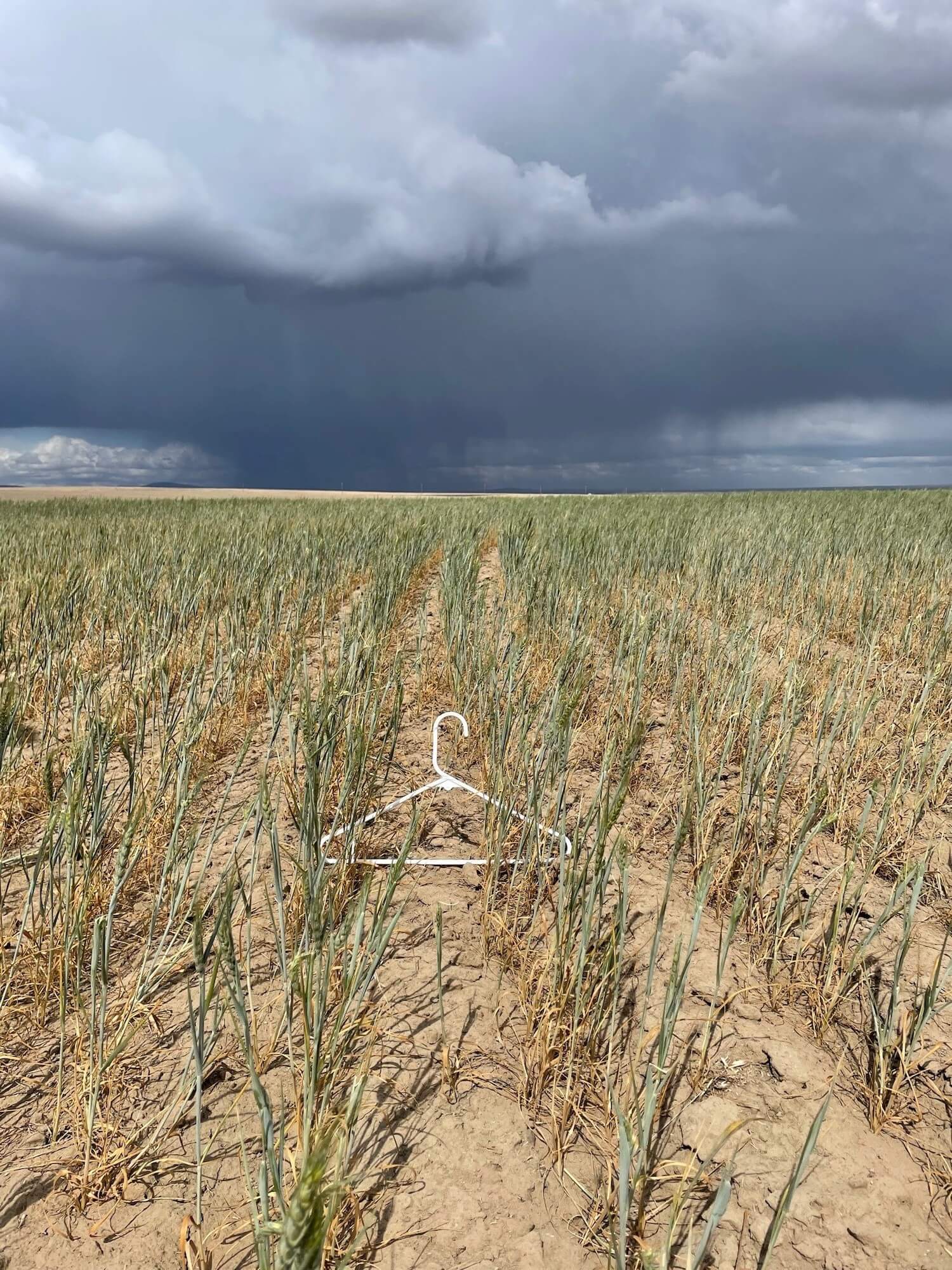
Courtesy of Nicole Berg
The drought-damaged wheat crop on Nicole Berg’s farm in Paterson, Washington.
“In my mind, raw ingredients should be quite expensive,” she said. “The hardest part is communicating that information to the consumer.” In Ma’s experience, customers want quality products made with good ingredients but balk when she charges accordingly. “They still want their croissant at a certain price. We raise prices when we have exhausted all other options.” After nearly two years of no increases, Ma is currently raising the price of certain menu items.
She plans to address the issue directly on social media. “We have never done this in the past, but we will start messaging that prices need to increase because our cost of goods in raw ingredients and paper products have increased so dramatically this past year,” she said. “We hope to connect the customers to all the costs of what it takes to run a small food business and why price changes need to occur.”
Ma is one of Kohler’s wholesale customers, and during the pandemic, she began using more Grist & Toll flour, even though it’s more expensive than sourcing from large-scale mills. “I think we have to put more emphasis on flour prices, and using fresh milled, whole-grain flour helps me make that connection to our price point,” she said.
High wheat prices might sound like good news for farmers, but those in drought-stricken regions can’t take advantage of a bull market if they have nothing to sell. If spring plantings have been sufficiently damaged by hot, dry weather and a severe lack of rainfall, producers in the parched Pacific Northwest and Northern Plains may abandon their crop. As of July 11, 63 percent of Oregon’s spring wheat crop was rated poor or very poor, while in Washington, 83 percent fell into these categories, according to the USDA National Agricultural Statistics Service.
“Crop insurance helps us live through years like this,” said Nicole Berg, vice president of the National Association of Wheat Growers and a fourth-generation wheat farmer. Her crop insurance adjuster assessed one of her fields at just half a bushel per acre. “With the price at six dollars a bushel, I can’t even buy a cup of coffee at Starbucks with an acre of wheat,” she said.
“Crop insurance helps us live through years like this.”
Even in a good year, the area of southeast Washington where she and her family grow wheat, bluegrass, corn, peas, and beans on 11,000 acres is one of the driest grain-growing regions in the world, averaging only six inches of rain annually.
The extraordinarily hot, dry start to 2021 has damaged Berg’s spring wheat significantly, with much of the crop not worth the cost of harvesting. “We have roughly 3,000 acres of wheat, and we think we will probably harvest around 600 acres,” she said.
To mitigate risk, growers like Berg purchase federal crop insurance, which can protect against losses due to weather conditions as well as low commodity prices. But the program is meant to be a band-aid to get growers through a tough season, not a perpetual plan B—especially because each year that you draw on crop insurance due to losses, the production history of the farm drops, which in turn lowers the percentage of the crop you can insure.
Some small-scale growers have been adapting their operations to thrive in extreme drought conditions. Farmer and activist Mai Nguyen grows varieties like Chiddam Blanc de Mars, a soft white landrace wheat from France, on a 70-acre diversified farm they lease in Sonoma County.
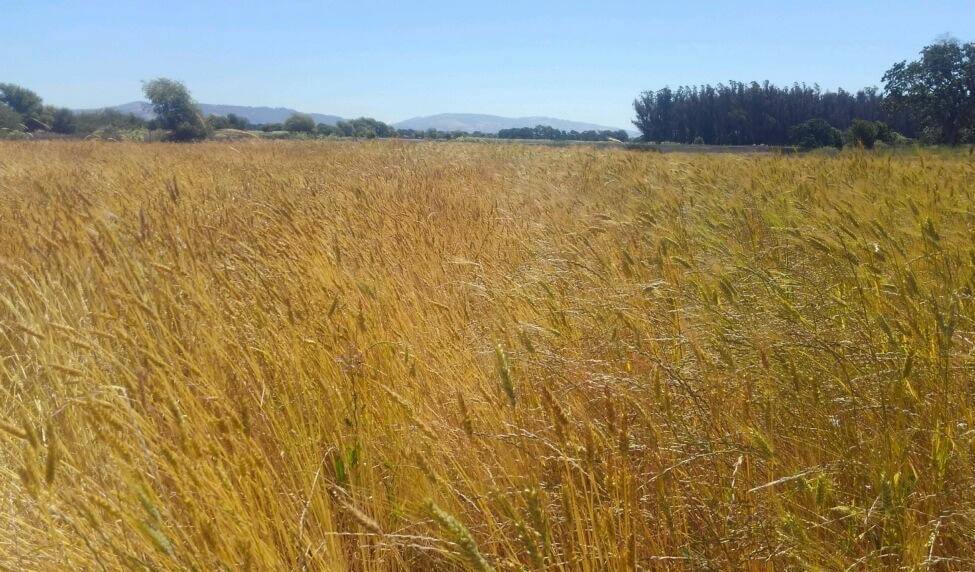
Akmolinka (left) and Sonora (right) wheat growing on Mai Nguyen’s farm in Sebastopol, California.
Courtesy of Mai Nguyen
Nguyen, who studied climate science in college, has spent the past seven years breeding drought-resistant heirloom wheats like this one. They save seed after each harvest to select for plants that can withstand ever-harsher conditions (something growers who purchase seed from big corporations can’t legally do) and share them with other growers to create a more resilient food system. They use organic and no-till cultivation methods for their drought-resistant varieties.
“It’s about preserving the water stores we have in the ground and recognizing that it’s just going to get warmer, and we need these crops to be as drought-resistant as possible,” they said. Record heat caused by climate change has turned less severe conditions into a “megadrought” that could continue for decades, even if rainfall increases.
“When we arrive at a Mad Max scenario, yes, irrigation will likely be needed,” Nguyen said. But even irrigation—typically reserved for crops like almonds and tree fruit—isn’t a perfect solution. Wildfires burning synthetic materials have leached carcinogenic substances into Sonoma’s groundwater, and extreme heat causes power outages, which shut off water pumps. “This is why building soil organic matter is key to retaining water in the field,” Nguyen said. “If we want to eat, our Senate needs to pass Biden’s infrastructure plan.”
“It’s about preserving the water stores we have in the ground and recognizing that it’s just going to get warmer, and we need these crops to be as drought-resistant as possible.”
Crop insurance isn’t necessarily an option for growers planting heirloom seed or using regenerative practices. Nguyen tried to purchase it as a hedge against wildfires, which tore through their farm in 2019, melting belts into the gears of their equipment, and blew ash into the only scale-appropriate seed cleaning facility in the area. The harvest was unusable—but because of their small acreage, a crop they could have sold for more than $100,000 would have earned only $665 in crop loss compensation.
Nguyen’s wheat and rye have goldened up well, but they won’t be sure they’ve had a successful spring planting until the crop is harvested over the next few weeks. But before the wheat can be milled and packaged by Kohler for their collaborative fall flour share, Nguyen has to clean it—an essential step that’s been delayed as the Sugar Fire north of Sacramento keeps them from accessing equipment.
“I thought I was saving seeds for the future. As a farmer, I have about 40 tries in my life, then I’ll pass on to the next generation, and they’ll have these drought-resistant crops because that’s when they’ll need it,” Nguyen said. “I didn’t realize it would be within my own lifetime—that within eight years of me getting started, this would be so essential.”
